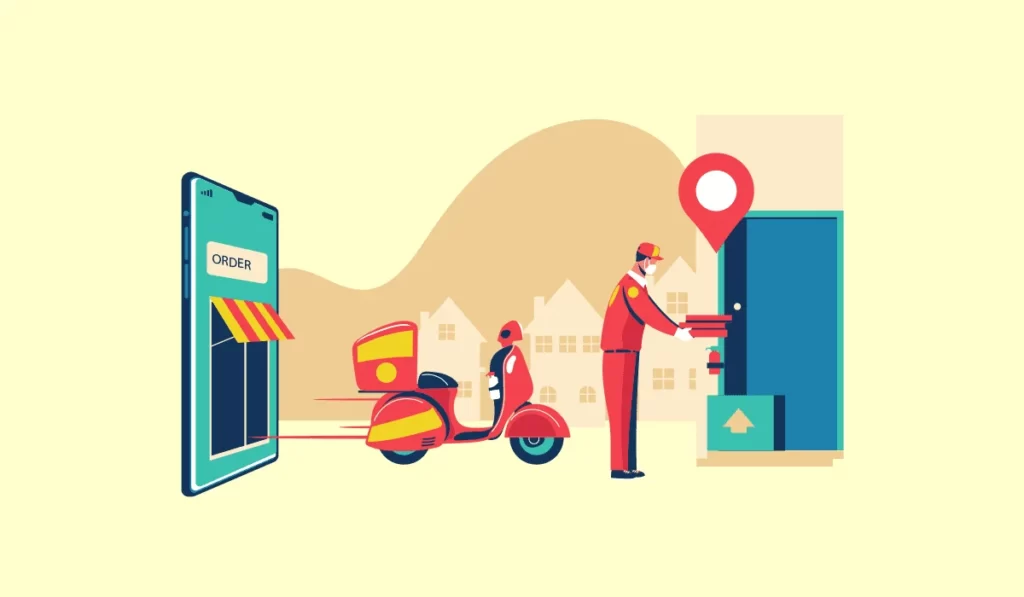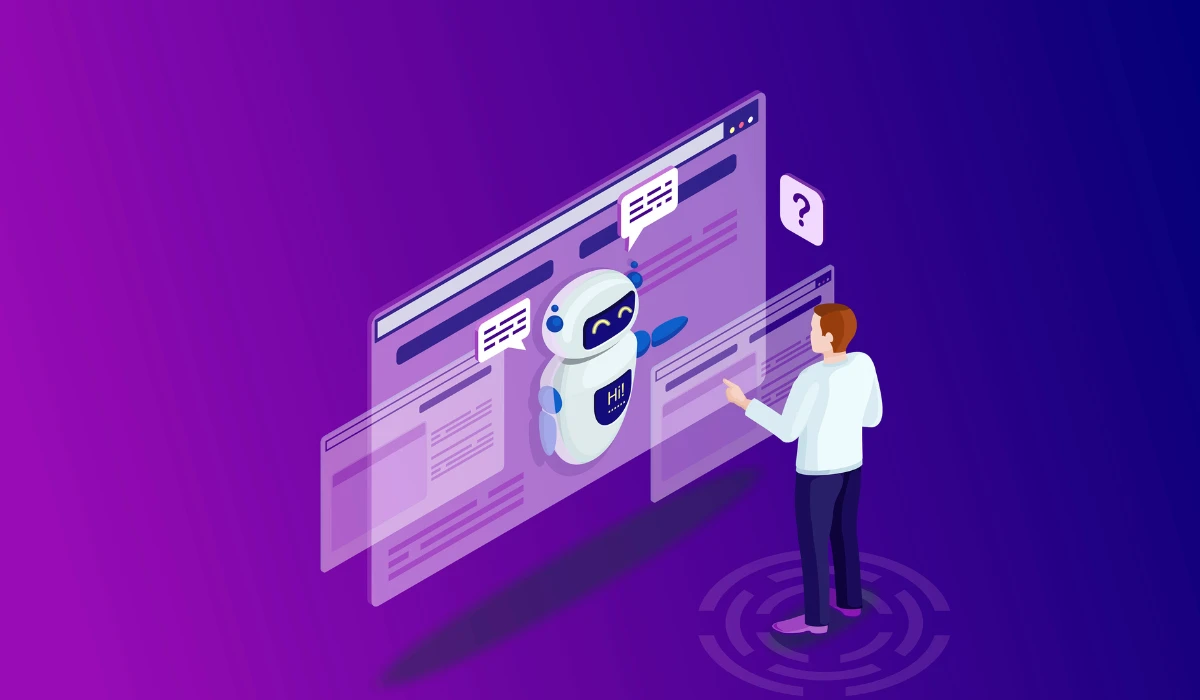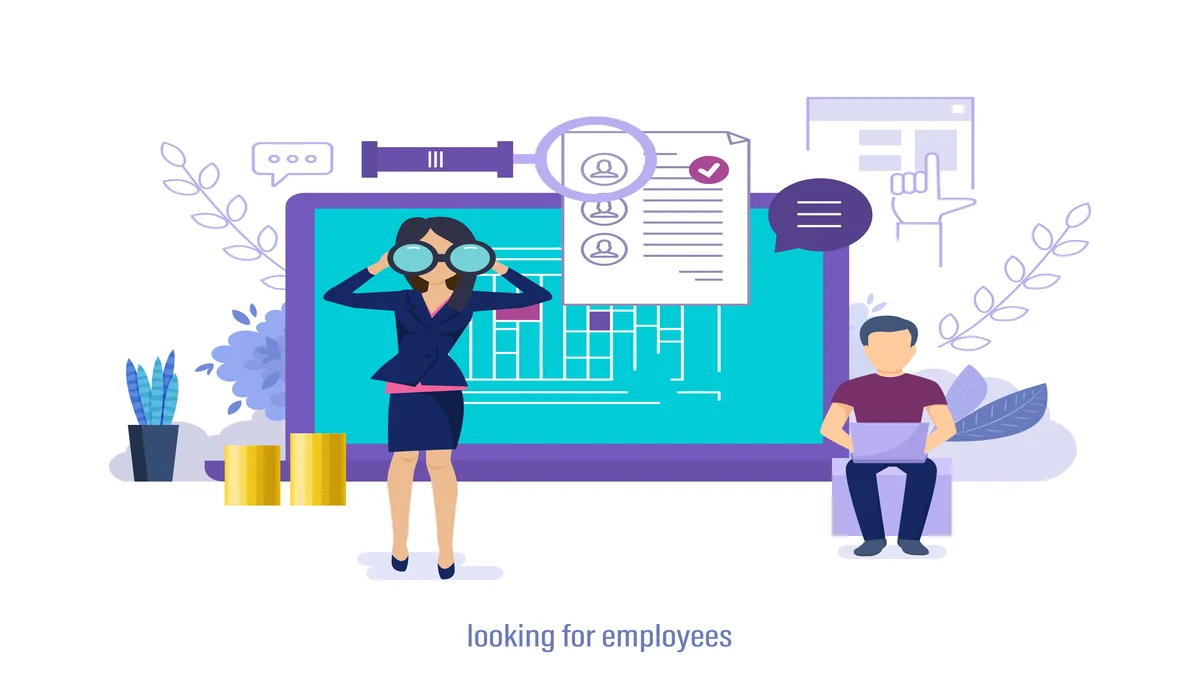Unlike traditional physical restaurants, cloud kitchens let food businesses create and distribute their culinary creations without having the burden of high operational expenditures.
Many entrepreneurs are considering cloud kitchen investment opportunities as the future of the restaurant industry evolves.
In addition to these, understanding the cost of running a cloud kitchen is essential for entrepreneurs looking to start a cloud kitchen in Dubai.
Content Index
- Who Uses Cloud Kitchen?
- Factors To Consider While Calculating The Cost Of a Cloud Kitchen
- Final Thought

Who Uses Cloud Kitchen?
From local eateries to well-known national restaurant chains, many are swiftly embracing cloud kitchens as the perfect strategy to expand their businesses.
Here are some types of businesses that are integrating ghost kitchens into their growth plans.
Delivery-Centric Restaurants
Delivery-focused cloud kitchens make it easy to handle orders without extra costs or complications.
These restaurants use online food delivery platforms like DoorDash, Postmates, and Uber Eats or their custom ordering systems to receive orders and manage the delivery process.
Customers place orders through mobile apps and receive their food at their doorstep or workplace.
Catering Services
If you run a catering company and need a private kitchen with ample cold and dry storage space without spending too much, cloud kitchens are an excellent choice.
Meal Preparation Companies
Meal prep companies often require kitchen facilities for only a few days a week. Virtual kitchens offer the flexibility needed for this kind of operation.
Food Product Testing
A cloud kitchen serves as a low-risk, cost-effective solution for companies to test new food products and branding concepts in the market.
Factors To Consider While Calculating The Cost Of a Cloud Kitchen
Cloud kitchen setup costs can vary greatly depending on several factors.
Here are the typical expenses you should consider as you prepare your business plan for setting up a cloud kitchen:
Kitchen Equipment and Facilities
A cloud kitchen doesn’t have a dining area, but you still need a kitchen to make and deliver food. You can do this in a few ways:
Create Your Own Kitchen: Find a place and set up a kitchen just for cooking.
Team Up with a Restaurant: Work with an existing restaurant to cook your food, either during their off-hours or by sharing their kitchen.
Join with a Cloud Kitchen Provider: Use a service that offers kitchen space and other support for your food business.
A Smart Restaurant POS and Delivery Software
It’s essential to have a single cloud-based POS system for handling your ordering and delivery operations.
Investing in a cloud kitchen requires a streamlined management platform. When selecting such a platform, consider the following features :
- Systems for monitoring incoming orders in the kitchen in real time as soon as they are placed
- Integrated inventory management, understandable data analytics, and reporting
- Combining all outside delivery services and providing side-by-side reporting
- Easy to use and teach others to use intuitive design
- Tracking and reporting to reduce the wait time for deliveries to customers
Staff Requirements
After you’ve decided on your menu, size, and when you’ll be open, you should figure out which job roles are necessary for your staff and which ones you can get help with from external sources.
For many Cloud kitchens, you might only need about 3 or 4 employees, which is way fewer than the 25 or more you’d typically find in a regular restaurant.
You can skip having staff for things like serving customers at a front counter, and instead, you can use third-party delivery apps to handle the deliveries.
Plus, you won’t need to worry about taking care of the building or cleaning it because you can outsource those tasks too.
By doing this, you can focus more on making delicious food and promoting it to customers, rather than spending too much time managing human resources.
Inventory Costs
Depending on your menu and region, you may incur varying startup and continuing inventory costs.
However, it’s critical to take into account how the present hike is impacting the cost of groceries.
Here are some straightforward pointers for good inventory management:
Utilize Seasonal Foods: To cut costs, take advantage of the affordable, in-season produce.
Strict Storage and Labelling: To reduce waste, keep strict control over food storage and labeling procedures.
Daily Specials and Menu Flexibility: To reduce food waste, make use of daily specials and menu modifications.
Analyze your inventory procedures in accordance with consumer demand trends to prevent over-purchasing.
Packaging Cost
Packaging costs are an essential factor to include for cloud kitchen costs.
These costs include the cost of the containers, bags, and utensils required to package and deliver food orders.
When food is packaged well, it will arrive in good shape and will represent your business professionally.
These expenses, though, could build up and affect your entire budget.
In order to preserve food quality and maximize revenues in your cloud kitchen business, it’s critical to find a balance between supplying the appropriate packaging and keeping costs as low as possible.
For the food delivery industry to be financially sustainable, packing costs must be well managed.
Creating Your Own or Using Another Online Food-Ordering Platform
Teaming up with food delivery apps helps your restaurant get noticed, but they take a cut of your earnings.
As your cloud kitchen grows, invest in an independent online ordering platform for direct customer interaction.
This gives you more control over your brand and reduces competition from other restaurants on third-party apps.
Also, a good point-of-sale (POS) system can help you set up your online store, connect with social media orders, and make ordering easier for your customers.
Advertising and Marketing Cost
To successfully launch a Cloudt kitchen, it’s crucial to establish a strong online presence.
While some marketing channels are cost-effective, you should allocate a budget for professional assistance in creating and managing your marketing efforts.
Here are the key components to consider:
Logo: Invest in a distinctive logo. You can find affordable yet high-quality logos on gig websites. Alternatively, opt for a full-service design agency for a more premium logo.
Website and Social Media: If you have the resources, hire a website designer who specializes in search engine optimization (SEO), mobile-friendly design, and user-friendly navigation.
Ensure your website loads quickly, aligns with your brand, and prominently displays essential information like contact details, social media links, order buttons, and business hours.
Digital Advertising: Collaborate with a digital marketing partner experienced in the online food delivery industry.
They can help promote your ghost kitchen on delivery apps, review platforms, search engines, and other relevant online channels
Final Thought
In the rapidly evolving restaurant industry, cloud kitchens, also known as ghost kitchens, are emerging as a transformative investment opportunity.
These delivery-centric culinary workspaces offer a cost-effective way for a variety of businesses, from local eateries to catering services and food product testers, to thrive without the burden of high operational costs.
When considering the cost of setting up a cloud kitchen, factors like kitchen facilities, efficient POS systems, staffing requirements, inventory management, packaging costs, and strategic marketing must be carefully accounted for.
By making informed decisions in these areas, entrepreneurs can maximize the potential of cloud kitchen investment in this dynamic and promising sector.
If you’re interested in delving deeper into the process of getting started with a cloud kitchen, we invite you to explore our comprehensive blog series. These articles cover all the essential information you need to get started!






